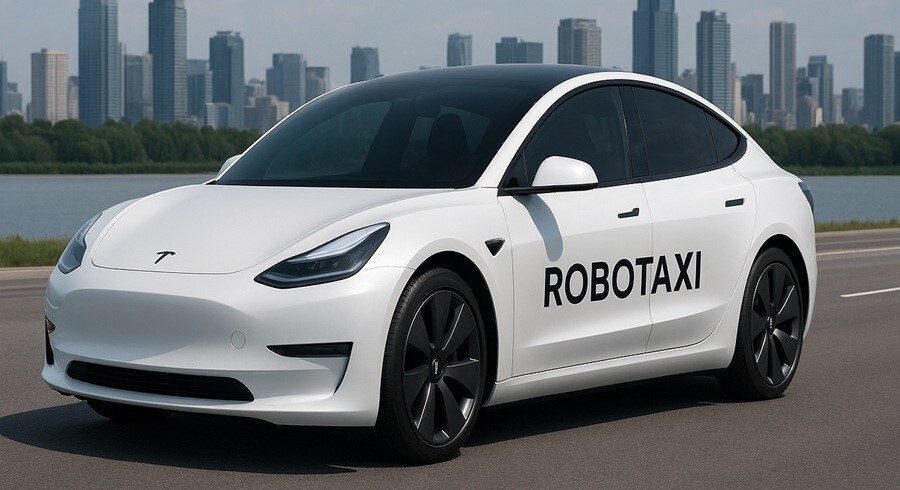

Tesla’s vision for an autonomous, robotaxi-powered future is as controversial as it is ambitious. For some, it signals the next big leap in mobility; for others, it’s a risky bet dragging down Tesla’s numbers and its stock. The ripple effect even touches suppliers like aluminium manufacturers.

The robotaxi idea isn’t new. It first appeared in Tesla’s “Master Plan Part Deux” back in 2016. By 2019, Elon Musk was boldly predicting a million robotaxis on the road by 2020, but that target went unmet
Between 2020 and 2024, Tesla rolled out its Full Self-Driving (FSD) beta. It got attention, but true autonomy remained elusive. Then came a big splash in October 2024: the Cybercab, a vehicle with no steering wheel or pedals, pitched as Tesla’s purpose-built robotaxi. The production is expected around 2027.
Fast-forward to June 2025, and Tesla finally launched a small pilot in Austin. But here’s the catch—every car had a human safety driver, and the service was locked inside a strict geofence.
Responses








